In simple terms, sales can be defined as an activity of selling a product/service to a customer/company. Sales are the revenue engine and the heart of a company.
None of the successful companies in the world have ever succeeded without sales. If you want to take your company to the next level, you “have” to focus on sales.
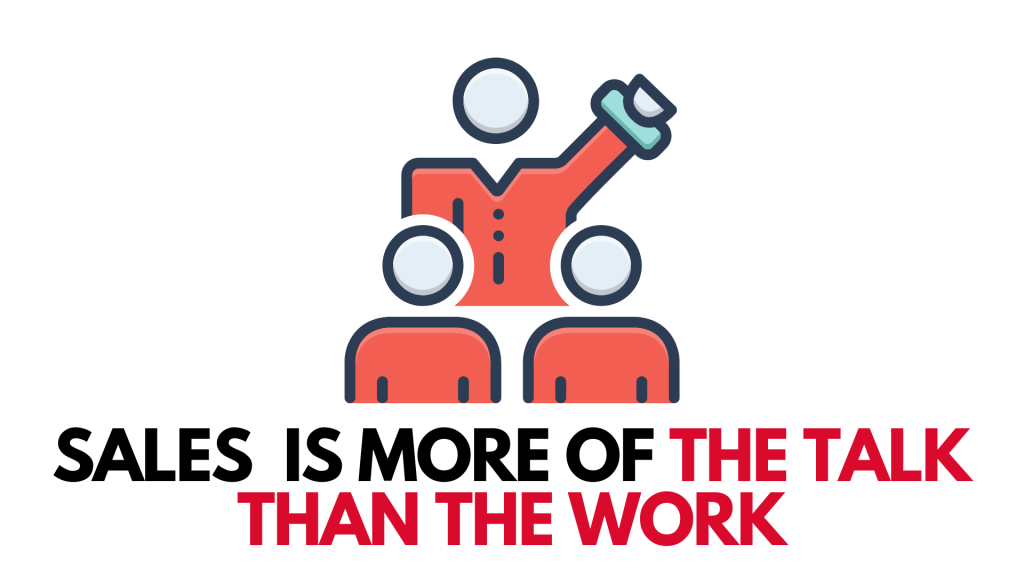
You don’t want to be that pushy salesperson who everyone wants to avoid. You want to be a salesperson who genuinely cares for people’s needs and provides solutions to actual problems of people. After reading this article, you will have an idea of how to be the latter type of salesperson equipped with the basic foundation of sales and the habits that make a great salesperson.
Basics Of Sales Strategy
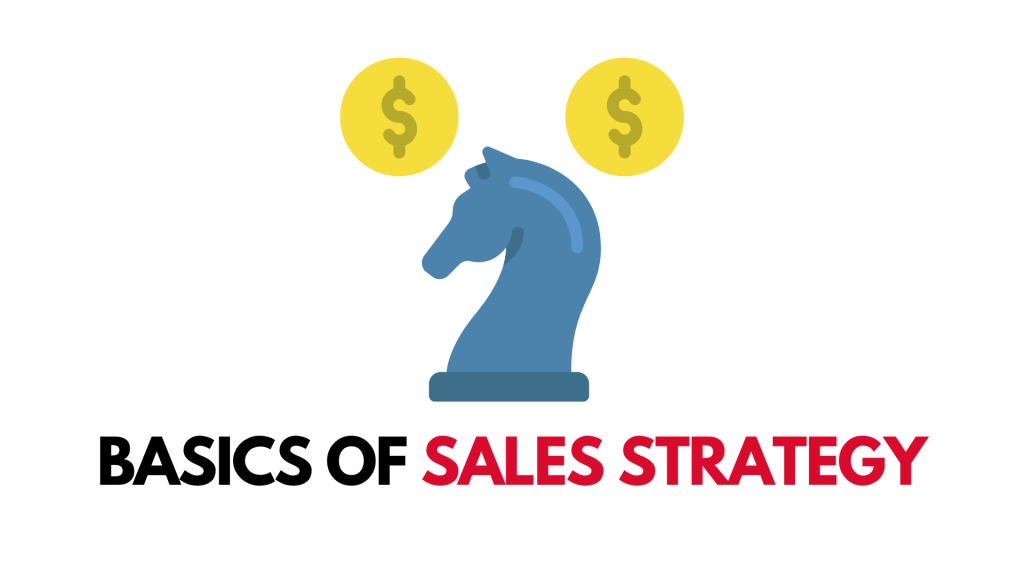
There are mainly two types of sales strategies:
- Inbound Sales: The customer reaches out to you
- Outbound Sales: You reach out to the customer to offer your service/product
The general format of how outbound sales strategy is carried out looks like this:
- Identify your potential customers (Prospecting)
- Generate leads
- Reach out to these people (Outreaching)
- Perform needs assessment
- Pitch your product as a solution to their problem
- Address customer’s concerns
- Close the deal
Different Roles In The Sales Department
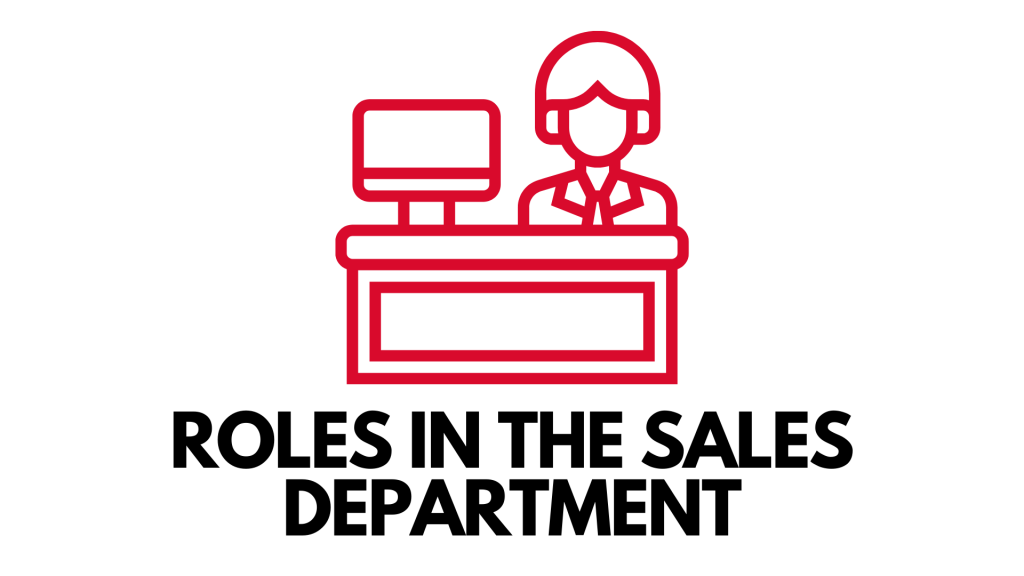
At the frontline of all this process is someone called the Sales Development Representative (SDR). An SDR is the representative of the company and is the first point of contact between a customer and the company. An SDR is responsible for identification and outreach to potential customers.
After prospecting and outreaching, an Account Executive (AE) is responsible for needs assessment and posing a solution to the problem. Finally, a Customer Success Manager (CSM) is responsible for the further post-sales process.
Interconnection With The Other Departments
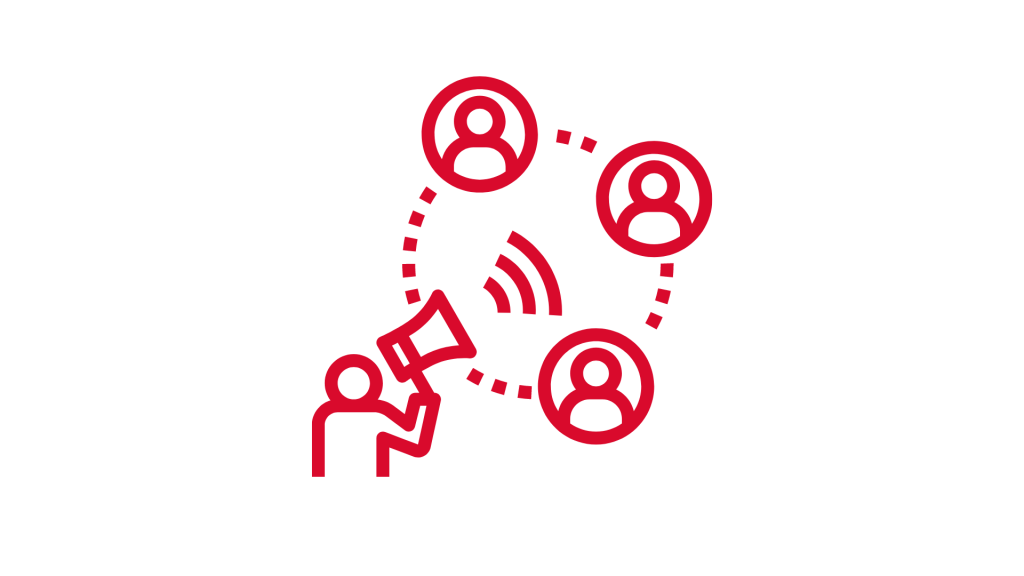
A thriving company has interconnected departments that work hand in hand. The sales department is interconnected with other departments like:
- Marketing Department: Create marketing strategies to attract customers and increase sales
- Product Department: Make products according to the info provided by the sales department
Role Of SDR in Different Stages Of A Company
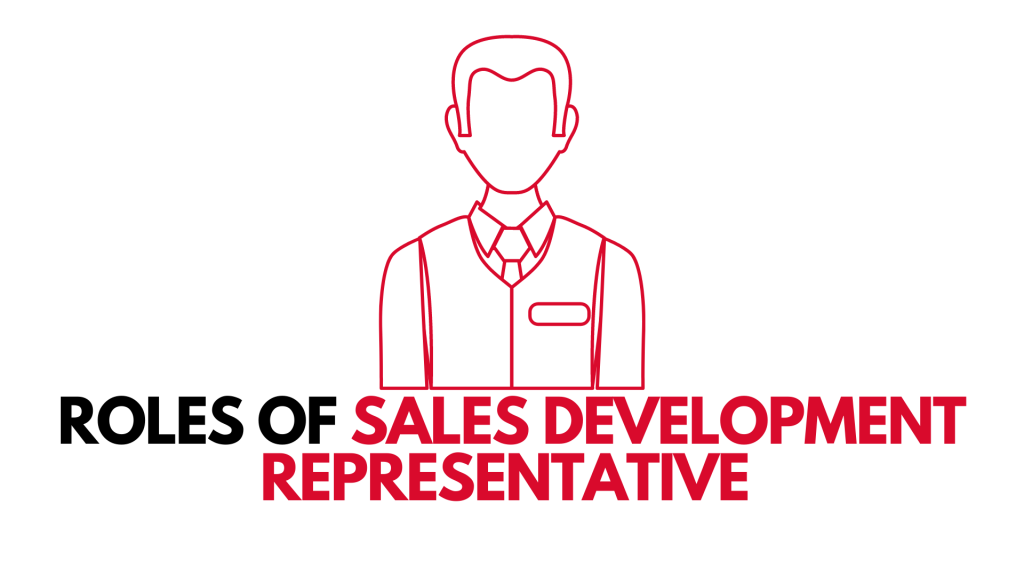
Depending on the stage of a company, the role played by an SDR can be different. Here is a glimpse of what SDRs are expected to do in different stages of a company:
Pre-seed stage:
At this stage, the company has limited resources and hence the SDR has to do jobs outside of their expertise. The SDR is also expected to scan for potential customers.
Series A startups:
An SDR working at a company in this stage is expected to develop new sales strategies and deal with leads. There may be added employees in the sales department like the AEs. The SDRs are expected to co-operate with the AEs and make contact with target customers.
Above Series B startups:
At this stage, it is likely that there are standard sales processes that are repeatable. However, creating new sales strategies, prospecting, and outreaching out to clients are always fundamental for an SDR role.
Fundamental Jobs Of An SDR

The two fundamental jobs of an SDR are prospecting and outreaching. Here is a general procedure used to carry out these processes.
- Meet fellow members of the sales team to discuss and make a list of prospects (potential customers)
- Research the prospect and determine if there is a need for your company’s product to them.
- Reach out to the prospect through calls, emails, social media messages, in-person visits, or other creative ways.
Traits Of A Good SDR:
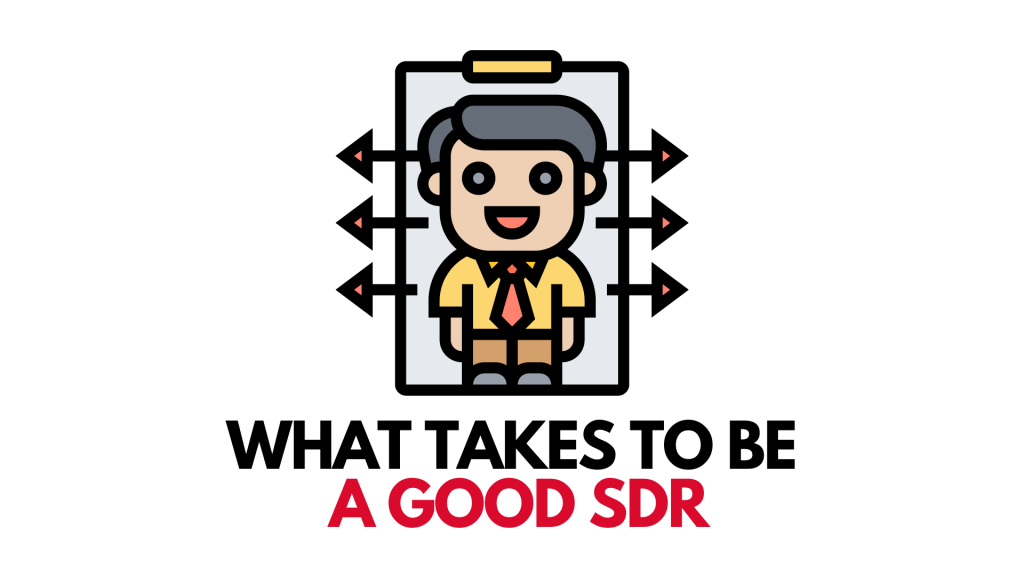
As an SDR, there are bound to be setbacks and hurdles in your path. A winning professional mindset is necessary for anyone to succeed in sales. Here, we have listed some important ingredients for the recipe of a winning professional mindset:
1) Growth Mindset:
Someone with a growth mindset has a tendency to learn and grow. They believe that they can grow with adequate practice and research. They aren’t afraid of learning and accepting their failures. For example, as an SDR if a phone call/email didn’t work out, analyze your mistakes and find ways to deal better with the next prospect you are outreaching.
2) Grit
Grit on the other hand is an attitude of perseverance. Imagine you are an SDR calling 10 people but no one picks up and that 11th guy didn’t buy into your service. Here, a good SDR would be able to keep on going and not be demotivated from the failures. That “never give up” attitude and tolerance to rejection are necessary!
Here are some tips to persevere in tough moments and keep growing:
- List down your daily targets
- Research on prospects
- Politely handle prospects’ objections
- Empathize with the prospect
3) Giving And Receiving Feedback:
The ability to receive and give feedback will help an SDR in the long run. In a team, it is always helpful to establish a feedback system where you help each other grow. As an SDR, you can get feedback from your colleagues, seniors, or even clients. Rejection is very common in the world of sales but receiving feedback can help you bounce back and learn from your mistakes.
When you are working on a team, sharing feedback goes both ways. Giving feedback to your coworkers is also necessary. While giving feedback, it is good to point out 2/3 major points and be specific about them. This will help the other person contextualize your feedback and make immediate changes. Make sure to also include their strengths in your feedback so that they know what they need to continue doing and feel motivated.
All of these characteristics make a good SDR but tracking your progress and implementing changes are necessary to grow. For this, we advise you to follow the metrics-oriented approach.
4) Metrics Oriented Approach
It is the process of quantifying your success. While this approach to measuring your success can be applied to all other areas of your life, it is especially effective for an SDR. E.g., If one salesperson says, “I cold-called many prospects today” vs another salesperson who says “I cold-called 50 prospects today”. The latter statement is more specific and gives concrete evidence of the person’s work. Similarly, you should also start setting quantified goals. E.g., I will make x number of calls today. This approach makes analyzing your own work and tracking your progress much easier.
The most commonly tracked metrics for SDRs are:
- Number of meetings: Number of set meetings
- Activity metrics: Activities done to outreach with prospects
- Revenue metrics: Revenue driven by an SDR
5) Consistency:
Often, a major factor separating top-performing SDRs from other SDRs is that they consistently add prospects to their pipeline. They make their daily target number of calls, and meetings and meet all these targets consistently.
Not only this, but consistent monitoring of the status of accounts is also necessary. Some accounts book a meeting from the first email/call while some may take a lot of nurturing to book that meeting. Some accounts might have more likelihood of booking a meeting from another channel. Keeping track of these data consistently will prove to be helpful.
6) Making Quality Outreaches
When we say “consistent” outreach, it shouldn’t be misunderstood as a higher number of outreaches than what you can handle. Make quality outreaches daily with as many accounts as you can handle.
Making non-personalized outreaches or using a common script for your prospects can easily backfire on you. So, while keeping the numbers in mind, it is also important to know what you can handle.
7) Learning Best Practices
Good SDRs often like to learn from other people who have succeeded in the sales department. Every successful SDR will have a different way of doing things. Some may have a different way of approaching prospects while others might be good at time management. Also, there might be a common trait among all these people.
Learning and trying what worked for them and finding out what fits for you is definitely worthwhile to set you up on the path to success.
8) Data-driven approach
In today’s world, data is a valuable resource. Leverage all the analytical options of different software you can get your hands on.
Use the data you have, to predict the best time or best place to approach your prospect. You can keep track of your prospects’ backgrounds and demographics of people who are likely or not likely to buy your company’s products.
Improving As An SDR
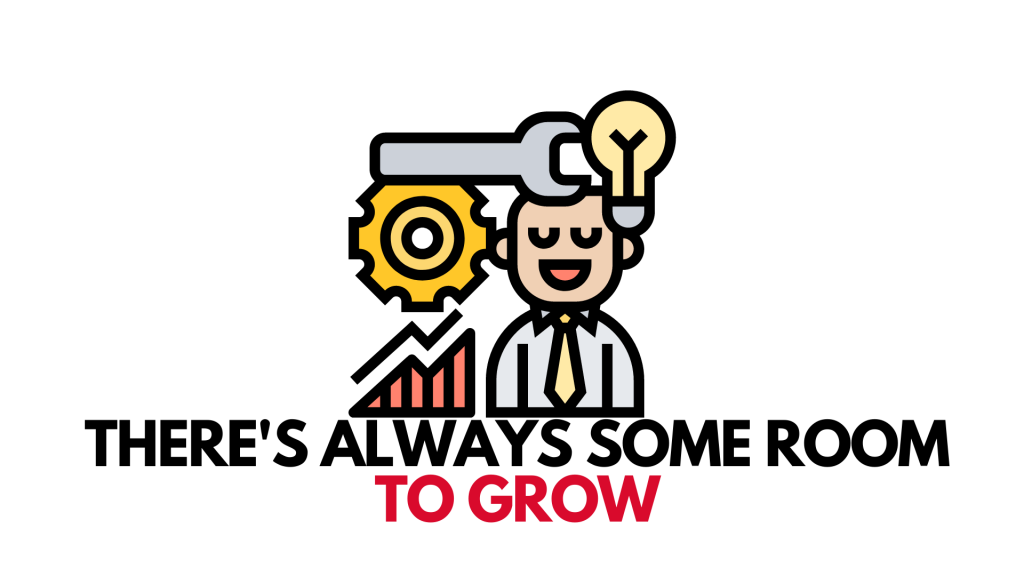
There is always space for improvement. Here are some tips to hone your craft of selling and become a top SDR:
1) Understanding Your Working And Communication Style:
Everyone has their own working style. Understanding your working style will help you be a better SDR and a better team member.
Research has shown that there are four primary working styles:
- Pioneers: They create and take on opportunities.
- Guardians: They see the risks, think about the past and learn from it.
- Drivers: They are competitive and are focused on taking on challenges and achieving victory.
- Integrator: They like creating relationships and collaborating with people.
You may fall under more than one category. It is important to recognize your and others’ working style and work accordingly to generate the most value.
Similarly, all of us have different ways of communicating. We can’t lump everyone in the same category. Understanding your co-workers’ communication styles is going to be helpful to working effectively as a team.
2) Understanding Your Energy Patterns
Keeping track of your energy patterns can help a lot. In fact, an article in Forbes magazine suggests that time management is a waste of time. You should rather focus on your energy patterns. Analyze your day-to-day work and find out the works that energize you and the works that drain your energy.
Optimize your work schedule according to these observations. There are also some energy-boosting activities that help you increase your energy levels. Some of these activities are:
- Taking a morning walk
- Following a morning routine
- Proper eating habits
3) Time Management
Managing time is necessary for an SDR role. Here are some proven time management strategies you can follow:
- Start early and stay late
- Set time for specific activities
- Plan your day the evening before
- Organize yourself by tracking your work and the value created
- Be Consistent
4) The 80:20 Rule
An Italian economist Vilfredo Pareto found that 80% of Italian land was owned by 20% of the people. This rule applied to a lot more than just the Italian landmass. An example of the 80:20 rule is that 80% of a company’s goals are met due to the effort of 20% of the staff. Similarly, in an SDR role, 80% of the sales are generated from 20% of the customers. Leveraging this concept can help you maximize the value created.
Run an experiment and find out the best time for prospecting or outreaching. For example, if you find out that the best time for prospecting is from 5:00 to 7:00 which accounts for 20% of your day, focus on these hours. By doing this, you can maximize your chances of setting a meeting. Doing this daily can exponentially increase your success in the long run.
5) Habit Formation
We are what we do repeatedly. Excellence can be only achieved if we form habits. Mindfulness is a great factor to make or break your habits. It refers to exercising self-awareness and realization of what is happening at the moment.
Here are some tips for you to make or break your habits:
- Bring clarity and specificity to your habit goals
- Make quantitative goals that make tracking your progress easier
- Journal your progress
6) Optimizing Your Work
Often times in an SDR role, you set an ambitious goal that feels so overwhelming that you don’t know where to start. However, there are proven scientific strategies that can help you optimize your schedule. Here are some of the strategies:
- Time Blocking: Make blocks of time for a day and assign tasks to these blocks and stick to the schedule
- Breaking down tasks: Break down a huge task into smaller tasks to feel a sense of accomplishment from completing small tasks.
- Task Batching: Arrange similar tasks in a single timeframe so that you don’t lose momentum.
7) Accountability
Top-performing SDRs are not only good at their work but accountable as well. An accountable person
- Avoids blame
- Looks for learnings
- Finds solutions
For example, if you made a mistake, rather than saying, “My co-worker didn’t double-check things”, it is much better to say “Thank you for reminding me. I’ll make sure to check everything and keep a record from now on.” An accountable person can build strong relationships at work and is sought after by people.
8) Coachability
Coachability is the ability or willingness to learn new things. It is an important characteristic needed in everyone’s lives. Someone who is improvement-oriented and takes feedback is bound to grow. While this characteristic may seem to be common but it is not. For many people, feedback is met with defensiveness.
There is a common urge to rationalize, explain or justify our actions. It’s instinctual to say,” Well, I did this because of something or someone.” This explanation may satisfy us for now, but in the long run, it gives us nothing and might as well ruin things. We should rather focus on learnings from the feedback and try and improve next time. Self-reflection and self-awareness are keys to detecting when you are feeling defensive.
9) Competition And Collaboration
At some point in our life, we have heard phrases like, “There is no I in the team” or “Lift someone else if you want to lift yourself up” These cliches are absolutely true in real life. While competition can be a motivating factor for us, it is advisable to compete with yourself rather than with others. It is all about winning as a team when it comes to achieving big goals and competition among co-workers can do more harm in this aspect than good. So, it’s better to create your own personal bests and try and beat them the next time. Top performers have this common trait of competing with themselves.
For an SDR, it is beneficial to communicate with all employees of a company. However, the three types of people with which SDRs have to mostly depend and collaborate with our fellow SDRs, SDR managers, and Account Executive. Here’s how you can collaborate with these people:
1) With AEs
AEs depend on the SDRs to find new leads and set product demonstrations and meetings. The decision on whether the lead is qualified rests in the hands of the AE. This relationship impacts the SDR role as the SDRs are measured by the number of qualified leads in a fixed time. You need to make sure that you and the AE are on the same page. Timely meetings can be held to do this.
2) With SDR Managers
SDR managers depend on SDRs for high performance and to reach their targets. The target can be key performance indicators (KPIs) like phone calls made, e-mails sent, or qualified opportunities produced. A good way to express teamwork can be to express constant updates on the KPIs and get feedback from them.
3) With Fellow SDRs
You can practice mock calls and mock e-mails and share strategies with your co-workers. You can get feedback from them and learn from more experienced SDRs in your workspace. The SDR role is not an easy job and no one can relate to it more than your peers. So, creating a healthy relationship with them is going to help a lot in growing together.
Bottom Line
A good sales team is not a good-to-have but a requirement to build a successful company. With this foundation part covered, you are now ready to step into the world of sales and be a part of that successful company!
